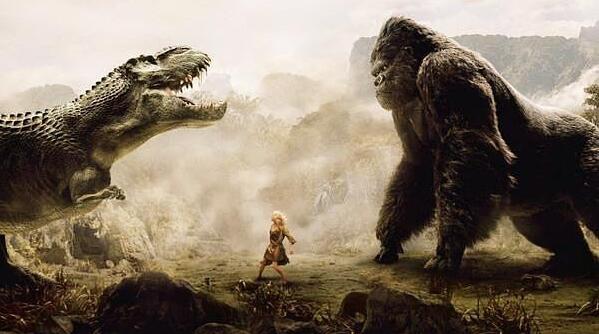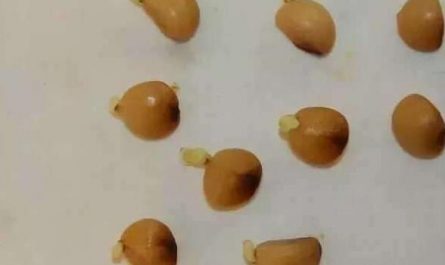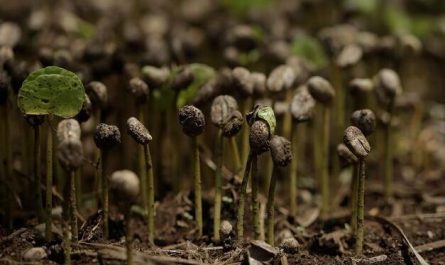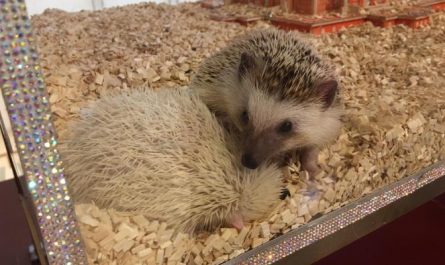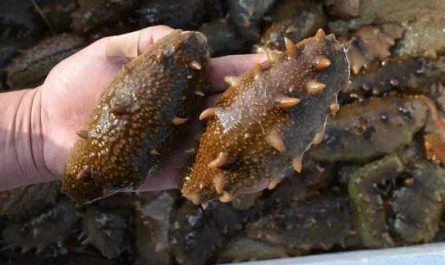Before every bold plan is implemented, it sounds stupid. In a world plagued by potential disasters, we need bold, “stupid” plans. Scientists all over the world have put forward some plans, hoping to save the world.
Resurrect the mammoth to save the environment
Scientists don’t actually need some reason to resurrect the ancient behemoths. They will do so desperately, and then give reasons after the monsters rampage through the streets. Nevertheless, there is still a real plan on the table-the use of cloned mammoths to combat global warming.
Siberia has a vast prairie, under the prairie is permafrost. As the earth warms, this permafrost is not as permanent as we think. Once it melts, it may endanger the lives of millions of people. A large amount of carbon is buried under the permafrost, which is the result of millions of years of plant decay. It is estimated that the carbon content of the underground in Siberia and Alaska is twice the current carbon content of the atmosphere. When the permafrost melts, these substances will be released into the air in the form of carbon dioxide, and the global temperature will naturally rise.
So, how can we stop it from happening? Obviously, the answer is: “Resurrect some mammoths.” Russian geophysicist Sergey Zimov hopes to use genetic engineering to bring mammoths back to the Siberian steppes as part of his “Pleistocene Park” project. We don’t know the habits of mammoths, but it is clear that they hate trees so much that they will knock them down when they see them. In this way, the number of trees will decrease and the area of grassland will increase. Because grass reflects more sunlight than trees, this helps keep the ground cool. Snow acts as an insulation layer and warms the ground, and mammoths prevent this through a process called “very huge and often moving” by scientists.
Manufacturing killing robots to sell invasive species to “Whole Foods Supermarket”
Humans are very good at exterminating some species, but they also face a problem: the reproduction of invasive species is out of control. This means that a species is accidentally introduced into an unfamiliar ecosystem and spreads so fast that the rest of the system completely collapses. The presence of fish without natural enemies in the river may have the same consequences as the leakage of toxic waste. But if we can solve this problem through a combination of technology and binge eating, what will happen?
A company registered in Bermuda has been using drones to deliver electric shocks to invading lionfish, then sucking them into buckets and selling them to Whole Foods. A restaurant in Florida spent a lot of money to remake the lionfish into a delicious fish for anglers to catch, and it looks good at the moment.
In the Galapagos Islands, drones accurately drop poison pills on mice; in Kenya, drones drop large numbers of parasitic insects to kill invading cacti; in the United States, drones are used to track invading pigs. Australia also has drones that completely autonomously prey on invading starfish.
Use polluting ships to reflect sunlight
In the next few years, you will hear more about plans to fight climate change with strange technologies. The smartest thing is to simply turn the problem into a solution. For example, a research team led by a retired scientist thought of using a cargo ship to whiten the clouds.
Theoretically speaking, the idea of clouds turning white is quite reasonable. Increasing the brightness of the clouds will increase the albedo of the earth and reflect more sunlight. If there is less sunlight in the atmosphere, it will cool the earth-the same as after a volcanic eruption.
Scientists plan to install a pump on the ship to suck out the salt in the sea water and spray it into the exhaust pipe of the ship. When the salt floats in the atmosphere, a reflection cloud will be produced. If these two ships cannot succeed, another option is to use a fleet of autonomous drones to do the same job.
Destroy space junk with harpoons and lasers
I believe everyone has heard of space junk. There is a lot of garbage in near-Earth space-more than 20,000 pieces of 10 cm in diameter, plus thousands of smaller pieces, all of which are spinning at a speed of 28,164 kilometers per hour.
“Kessler syndrome” refers to a hypothetical scenario where a large piece of debris collides with another piece of debris, triggering a chain reaction of rubbish colliding with each other and breaking into smaller pieces, thereby exponentially increasing the amount of rubbish. Donald J. Kessler, the former chief scientist of NASA’s Orbital Debris Project, said that this will make low-Earth orbit basically unusable for several generations and may destroy satellites in orbit. No matter what angle we look at, we will be confined within the Earth’s atmosphere.
So what should we do? The answer is to clean up space junk. Use huge lasers to heat individual debris pieces and send them into “cemetery tracks” or drag them down and crash them harmlessly into the ocean. For those fragments that are too large to be cleared by lasers, the European Space Agency has prepared a crazier plan for them-the space harpoon. They plan to develop a satellite with a harpoon, collect space junk, and then drag it back to Earth.
Use bull fart to drive the car
If you ask you which animal is most likely to destroy the earth, you might say “human beings are the most dangerous animal.” However, the real answer is cows. Facts have proved that dairy cows are an important factor in climate change because the methane they emit is 84 times more capable of capturing heat than carbon dioxide.
Fortunately, relevant personnel in California, USA, are aware of this and they are collecting methane and using it as fuel. The number of cows in California far exceeds the number of cows in any other state in the United States. California has begun to encourage farmers to install biogas digesters. Normally, cow dung will be washed into a central cow pit, and when the dung decomposes, methane is released. The biogas digester is like a tarp, covering these dirty swamps. When the methane escapes, it will be captured, like being put into a huge oven.
Not only that, the captured methane can also be used as truck fuel. The Argentine National Institute of Agricultural Technology has taken this technology to a new level: the bullshit backpack. This technology can directly extract gas from the digestive system of cattle, which can then be used as a source of heat or energy.
In addition, it is very feasible to use cow fart as energy, because natural gas burns cleaner than coal or oil, unlike coal and oil that release carbon that was trapped underground.
